
A routine trip to the vet for bad breath turned into heartbreaking news for Kermie’s family. The 11-year-old Lab-Beagle-Chow Chow mix, beloved by Eric Ralston, a principal hospital corpsman in the US Navy, had been diagnosed with oral carcinoma.
The grim prognosis gave Kermie only two to three months to live, leaving her family devastated. Little did they know that Kermie had her own plans, and she refused to say goodbye until her cherished owner returned home from his nine-month deployment.

Eric Ralston had been stationed overseas in March, leaving behind his loving family, including Kermie. When Kermie’s bad breath raised concerns, Eric’s wife took her to the vet for an examination. The devastating diagnosis of cancer shattered their hearts, as Kermie had been their first “fur child,” and they couldn’t fathom Eric missing the chance to see her again.
As time passed, Kermie defied the odds and continued to thrive. Three months turned into several, and hope began to flicker within the Ralston family. With Eric’s deployment nearing its end, they dared to dream that Kermie might get the chance to reunite with him.

However, just 12 days before Eric was scheduled to return home, his deployment was extended, dashing their hopes. The approaching holidays intensified their worry, with Christmas on the horizon, and Kermie’s condition remained uncertain. Still, Kermie persevered, displaying a remarkable will to see Eric once more.
Then, a Christmas miracle unfolded. Eric’s homecoming came earlier than expected, and Kermie was there to welcome him. Adorned with a red bow, she sprinted from the house and into Eric’s loving arms. The reunion breathed new life into Kermie, who had been on her last leg. Eric’s presence was a magic elixir for her, rekindling her appetite and zest for life.

Jennifer Ralston, Kermie’s human mom, remarked, “His return was some kind of magic lozenge for her.” The once-struggling Kermie was now eating and drinking without difficulty, savoring each moment of happiness with Eric by her side. In January, Kermie celebrated her 12th birthday, a testament to her enduring spirit.
However, February brought a turn for the worse. The good days became fleeting, and the Ralston family knew the time had come to make a difficult decision. On February 22nd, Kermie lost her battle with cancer, surrounded by Eric and her loving family.

Kermie’s story is a poignant reminder of the bond between humans and their canine companions. It showcases the incredible resilience and unwavering love that dogs bring into our lives. Though Kermie’s battle ended, her legacy of love and determination lives on, reminding us of the power of unconditional love between pets and their owners.
Please share this heartwarming tale with your friends to celebrate Kermie’s life and the enduring bond between dogs and their humans.
Owner Travels 310 Miles To Reunite With His Stolen Dog
After being found 310 miles from home, a lost dog was reunited with his owner.
Bandit, a one-year-old Malinois Shepherd, went missing from his home in Côte-d’Or in June of last year (France).
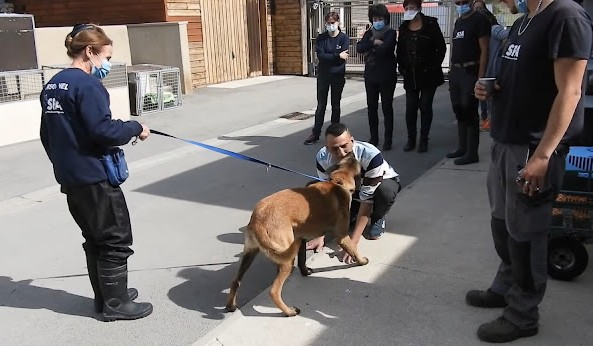
His owner, Farid, was devastated and spent months looking for his canine best friends.
Unfortunately, his search was fruitless for several months. Yet. A kind stranger found Bandit on the side of the road eight months later.
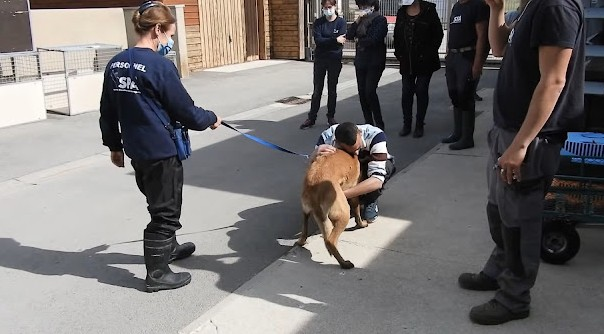
The poor dog was stolen when he was only 4 months old.
The dog was found without a collar 310 miles from home, but he was lucky to have a microchip, which allowed him to be reunited with his owner.
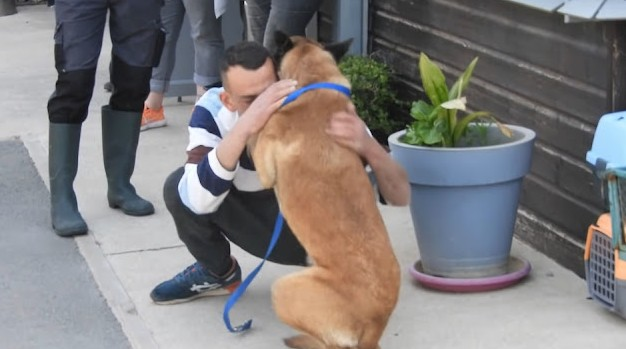
The reunion was well-organized, and the two best friends were overjoyed to be reunited!
Bandit and Farid can now live together thanks to the incredible, life-saving work of the shelter, a kind stranger, and a microchip.
When Farid heard the good news, he rushed to Bandit’s road.
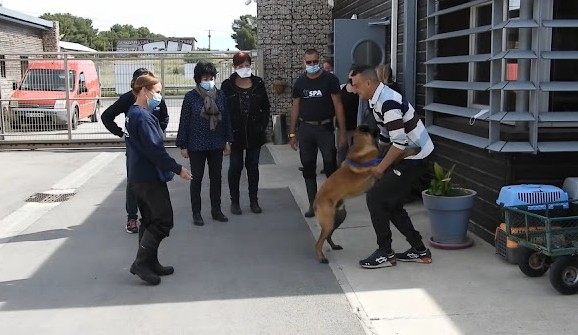
“I’m so grateful to everyone who helped him recover, and I cannot emphasize enough the importance of chipping your pets,” he said. Bringing Bandit home is a miracle that would not have happened if it hadn’t been for that chip.” The day Bandit returned home was one of the happiest of my life.”


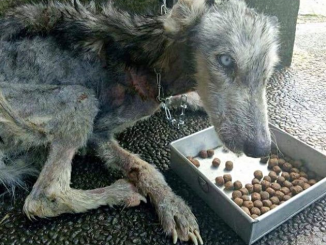

Leave a Reply